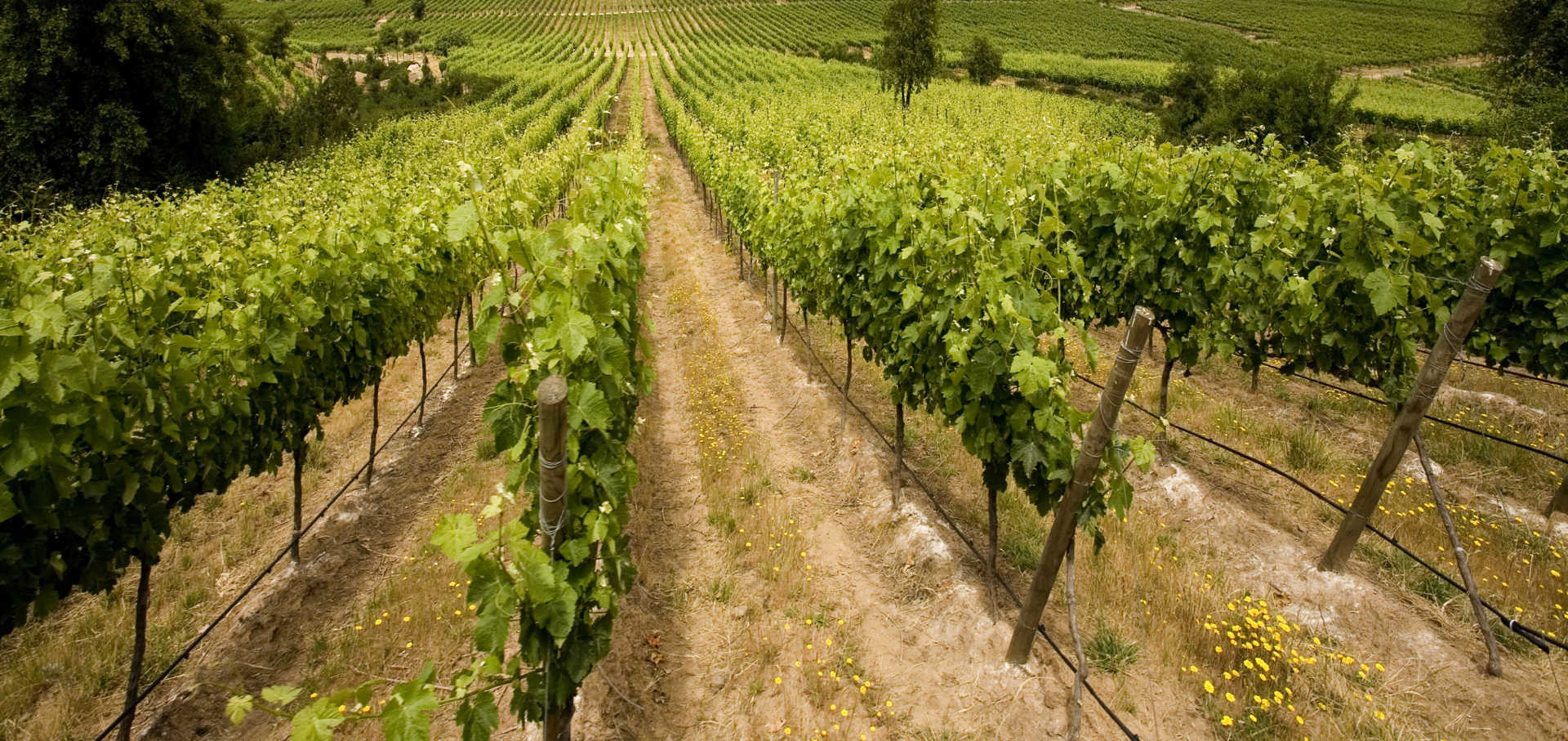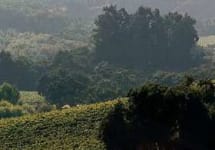Bernardus Rosella's Vineyard Pinot Noir 2011
-
Wilfred
Wong -
Wine
Enthusiast -
Robert
Parker




Product Details
Your Rating
Somm Note
Winemaker Notes
Each block is individually monitored for ripeness in order to hand-pick each clone at its perfect ripeness level. The grapes are sorted at the winery and fermented in small individual fermenters using specially selected yeasts. Once fermentation and pressing are complete, each lot is aged separately for 10 months in the finest French oak barrels. Each barrel is evaluated individually and the final selection is made through a lengthy series of tasting trials.
The robe of our 2011 Rosella's is a deep crimson. On the nose we find aromas of candied red cherry fruits along with notes of oak and spice. The palate is very full and complex, exuding flavors of red cherry and berries, accented by notes of cinnamon and nutmeg. This is a beautifully intense wine that will age wonderfully for many years to come.
Professional Ratings
-
Wilfred Wong of Wine.com
One of America's most serious and important Pinot Noirs that seems to under the radar screen, the 2011 Bernardus Rosella's is super fine in so many ways. Pure with its wild strawberries and tongue awaking chalkiness, this wine delivers. If you love fine dining, then this the wine for you. It just get the taste buds going. (Best Served: 2014-2021)
-
Wine Enthusiast
This is a really good Pinot Noir that will gain traction in the cellar. The cool vintage conditions show in the acidity and lean framework, but the California sun triumphs with flavors of ripe sour cherries with suggestions of mushrooms and minerals. Dry and complex, it should be better after 2016.
-
Robert Parker's Wine Advocate
More serious, edgy and firm, with red and black currants, underbrush and spice aromas and flavors, the 2011 Pinot Noir Rosella’s Vineyard is one of the richer Pinots from this vineyard. Medium to full-bodied, rich and supple, with a great mid-palate, it has plenty of texture, all the while staying beautifully focused. It should have upwards of a decade of longevity. Drink 2014-2021.
Other Vintages
2019-
Wine
Spectator -
Wine
Enthusiast
-
Wine
Enthusiast
-
Wine
Enthusiast -
Wine
Spectator
-
Jeb
Dunnuck -
Wine
Enthusiast
-
Wine
Enthusiast -
Jeb
Dunnuck
-
Wine
Enthusiast
-
Robert
Parker
-
Wine
Spectator


Pon appreciates wine as an art-- a form of art that transcends the ordinary. His dream with Bernardus is to make a red wine equal to the finest from Bordeaux. To achieve this purpose, Ben, a Dutchman who could have planted vineyards anywhere in the world, has chosen the Carmel Valley for his estate vineyards and winery. Since the early 1970's, there has been a growing awareness of the outstanding potential for Bordeaux varieties from this new viticultural appellation. The Bernardus estate vineyards of Marinus and Featherbow Ranch are located in the Cachagua region of the Carmel Valley. We have been told that Cachagua is the Spanish word Native Americans used for deep or hidden water. It has been said that Native Americans believed that all things in nature were sacred and interrelated. Their respect for balance in nature is carried on in the vineyards of Bernardus. More than 300 live oaks have been preserved to thrive among carefully planted vines.

Thin-skinned, finicky and temperamental, Pinot Noir is also one of the most rewarding grapes to grow and remains a labor of love for some of the greatest vignerons in Burgundy. Fairly adaptable but highly reflective of the environment in which it is grown, Pinot Noir prefers a cool climate and requires low yields to achieve high quality. Outside of France, outstanding examples come from in Oregon, California and throughout specific locations in wine-producing world. Somm Secret—André Tchelistcheff, California’s most influential post-Prohibition winemaker decidedly stayed away from the grape, claiming “God made Cabernet. The Devil made Pinot Noir.”

Perhaps the most highly regarded appellation within Monterey County, Santa Lucia Highlands AVA benefits from a combination of warm morning sunshine and brisk afternoon breezes, allowing grapes to ripen slowly and fully. The result is concentrated, flavorful wines that retain their natural acidity. Wineries here do not shy away from innovation, and place a high priority on sustainable viticultural practices.
The climatic conditions here are perfectly suited to the production of ripe, rich Pinot Noir and Chardonnay. These Burgundian varieties dominate an overwhelming percentage of plantings, though growers have also found success with Syrah, Riesling and Pinot Gris.
